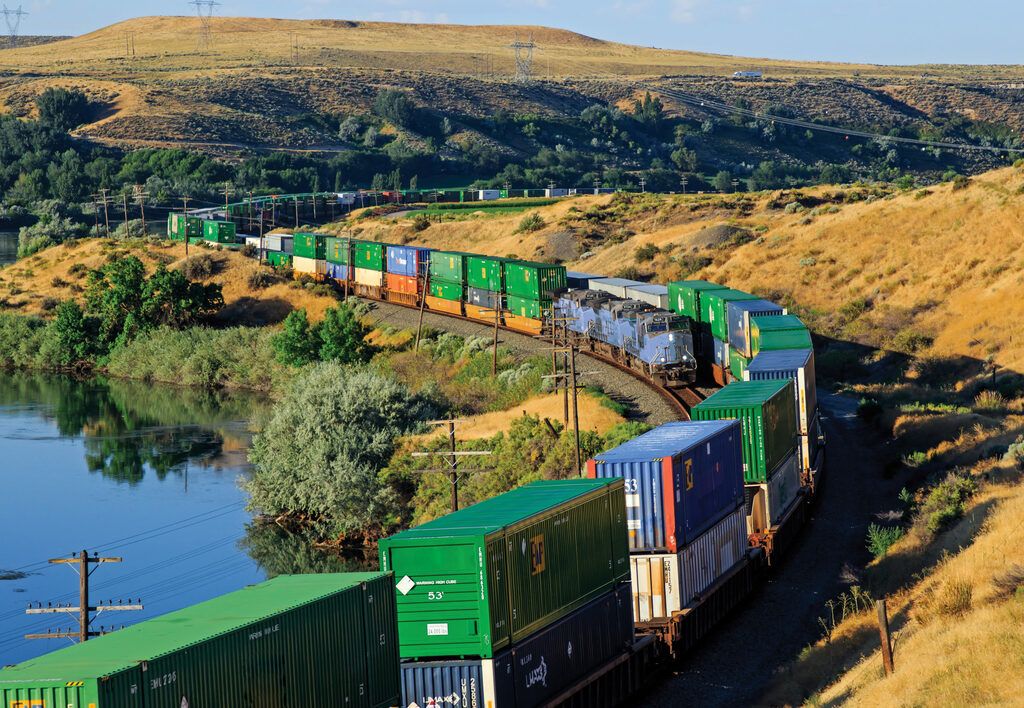At least 42% of the railcars and intermodal units carried by railroads in the United States are directly related to international trade, according to the Association of American Railroads (AAR).
The AAR is an industry group that primarily represents the major freight railroads in North America (Canada, Mexico and the United States).
In North America, trucks carry the majority of freight, in terms of tonnage and value.
Trucks are also essential for port drayage operations, which involve moving containers short distances to storage facilities or intermodal terminals.
Railroads and waterways carry significant volumes of freight, especially for goods moving over longer distances and for international trade.
At the same time, increased international trade has stimulated demand for intermodal traffic on railroads, where trains transport trailers or containers on flatbed cars.
U.S. rail intermodal volume grew from 9 million containers and trailers in 2000 to 14.5 million units in 2018.
While intermodal traffic declined on an annual basis in 2020, demand for intermodal traffic at West Coast ports increased in the second half of 2020.
Railcars
Large sectors of the freight market have undergone significant consolidation in recent decades, leading to increased freight rates.
Carriers in these sectors have merged to form a smaller number of larger companies-nearly all foreign-owned-that control larger market shares.
These massive firms can use their large market shares to influence shipping capacity and rates and hurt U.S. exporters.
The shipping industry is essential to supply chains because it transports the majority of international trade.
![]()

